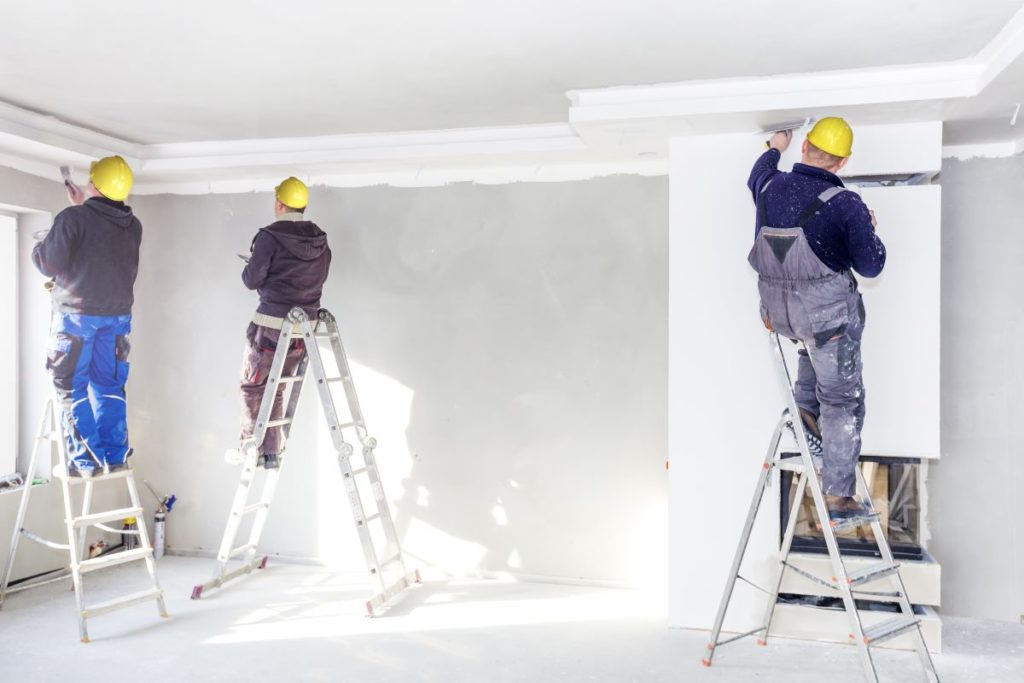Remodeling projects are, for the most part, exciting. After all, who doesn’t want to see their dream of a better home come to fruition? Maybe you want a bigger living area or new kitchen counters with a fancy backsplash. These ideas help us become better homeowners and serve as an impetus for making our home the best possible version of itself.
The thought alone of achieving all of that is enough to make you want to draw up plans and contact some pros to help you start. But what if your current living quarters are a little too limited for the grand remodeling of your dreams?
Remodeling an apartment is harder than you would think. Aside from the small space you have to play with, you also have to consider the restrictions and regulations in place that can limit your desired improvements. You can’t just decide to knock down walls or add new windows just because they’d fit your vision better.
Think of something more realistic, like kitchen remodeling. Nobody wants to deal with the big price tag or the paperwork. We’ve put together a few tips that may help you when you need to deal with the co-op board.
1. Review the documents
This is the first step to remodeling your home. Go through your building’s rules regarding remodeling and modifications to your space. Make sure to read carefully and list down any possible questions you might have when they pop up. Checking your lease contract is a must, and so is taking a look at the co-op rules and bylaws. You wouldn’t want to step on anyone’s toes with your project.
Since you live in a building with other people, you also have to look into construction hours, material specifications, and the types of changes you’re allowed to make. Consult the building superintendent or a co-op board member if you have any questions that weren’t discussed in the paperwork you’ve pored through. You want to make changes that won’t affect the building’s overall integrity, so when in doubt, ask.
2. Present your case
Many apartment buildings, especially co-ops, have a board of directors that will have to approve the changes you want to make to your own unit. These people are in charge of overseeing just how much change you can do to your space, and their priority is the integrity of the entire building and the safety of its tenants.
Once you have finalized your renovation plans and have gone through all the necessary documents, you may need to submit a written proposal and defend it to the co-op board.
Your proposal has to include the proposed floor plan, every modification to the apartment, the proposed time frame of construction, and even a list of the materials you wish to use in the remodeling project. Some buildings restrict the types of materials (e.g., wood vs. marble) you can use.
Finally, clarify that you have read the building’s by-laws, so the board knows you have read the terms and understand what they mean.
3. Start with superficial changes
We know you want to make grand changes, but remember that you only own a part of a building at the end of the day. There’s only so much you can do with so little space, so you might want to focus on superficial (read: aesthetic) changes for maximum impact. Cosmetic changes can still transform your apartment without having to spend too much money and effort. Most importantly, you don’t want to ruin your neighbor’s plumbing or electric system.
You could paint your walls, hang up some new art, replace the curtains and blinds, or even install new flooring. If you want to make your unit look bigger and more open, paint your walls and ceilings white. You can also get new furniture to spruce up the place and add interesting touches of color. Add bits of your personality through little fixtures, and if you’re feeling extra hardworking, you could even DIY some mini home improvement projects!

A final word
Renovating an apartment is often more difficult than renovating a standalone structure. You have to deal with the limited space and navigate the restrictions set by the building managers.
Talk to the co-op board, make your case, and hopefully, you get to refurbish your apartment to your heart’s desire. With these three tips, you can switch up the look of your space, too. We hope this list helps you to figure out how you want your dream unit to look like, and we’ve got our fingers crossed for your proposal.




